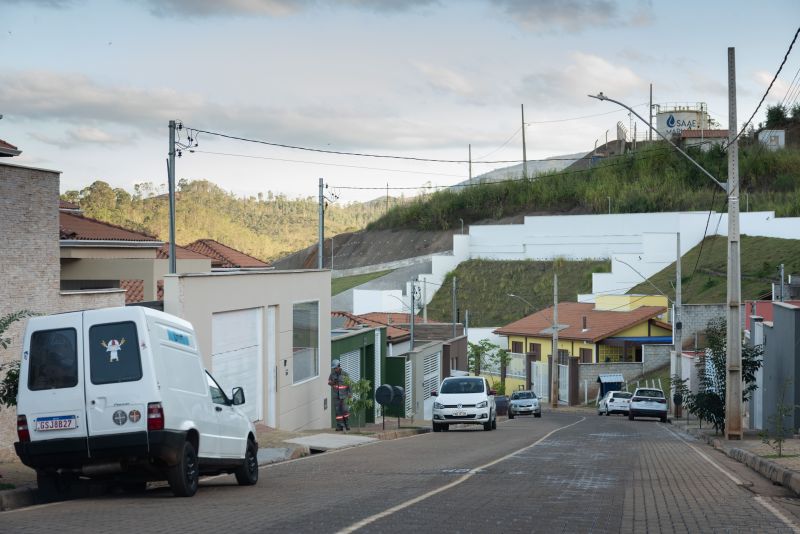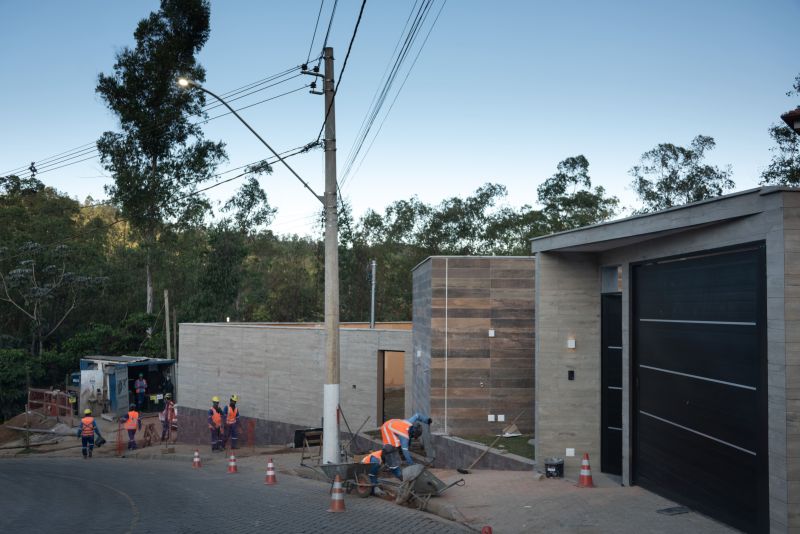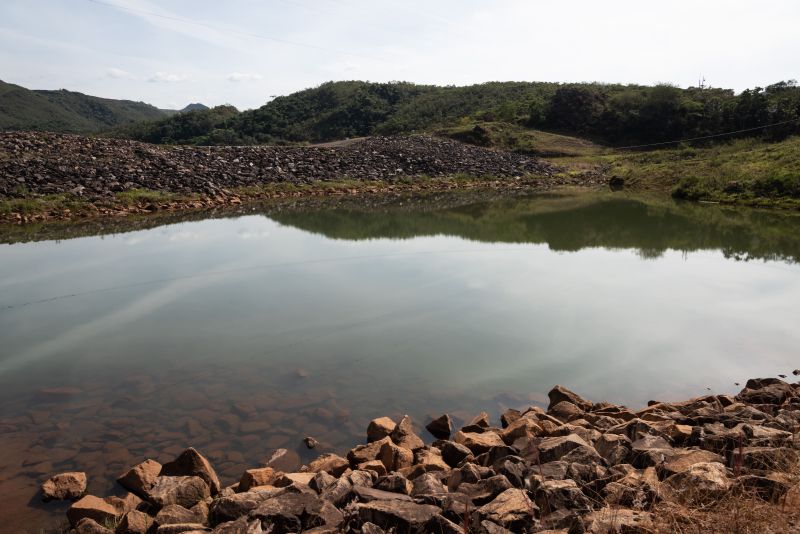On a tragic day in 2015, the Mariana dam disaster sent shockwaves through Brazil and the world, leaving an indelible mark on both the landscape and the lives of countless individuals. The failure of the dam unleashed a torrent of toxic waste, devastating entire communities and sparking an environmental crisis that reverberated for years.
Amidst the chaos and heartbreak, a collective effort emerged, driven by a determination to document and preserve the history of this catastrophe. This endeavor goes beyond mere remembrance; it is an urgent call to acknowledge the lessons learned from the past.
In an age where storytelling often fades against the relentless march of time, chronicling the narratives of affected families, the environmental impact, and the mismanagement that led to this disaster becomes all the more vital. As we delve into the efforts surrounding this monumental task, we uncover not only the stories of loss but also the resilience of a community striving to reclaim its voice in the face of adversity.
The Importance of Documentation

The documentation of the Mariana dam disaster serves as an indispensable pillar in understanding not just the event itself, but its profound implications on environmental policy, community resilience, and corporate responsibility. This catastrophe, marked by chaos and loss, casts a long shadow over the lives affected, making it imperative to meticulously record firsthand accounts and expert analyses alike.
By weaving together personal narratives with technical assessments, we create a rich tapestry of knowledge that transcends mere statistics; it humanizes the tragedy. Such detailed preservation efforts yield vital lessons for future infrastructure projects, ensuring that the mistakes of the past are not forgotten, but serve as powerful reminders to drive positive change.
As we document this history, we also empower voices that have often been marginalized, honoring their experiences while galvanizing advocacy for greater safety standards and more stringent regulations in the face of growing environmental challenges. In capturing the multifaceted dimensions of the disaster, we not only honor those impacted but also pave the way for informed discourse and action that can prevent similar tragedies in the future.
Establishing a Comprehensive Archive

Establishing a comprehensive archive of the Mariana dam disaster stands as a pivotal endeavor in the joint efforts of historians, activists, and local communities. This archive is not merely a collection of documents; it is a vibrant tapestry woven from the threads of firsthand accounts, photographs, and technical reports that chronicle the harrowing events surrounding the disaster.
Through meticulous documentation, we aim to capture the myriad emotions—fear, loss, resilience—that echoed in the lives shattered by the catastrophe. Each piece, whether a survivor\’s testimony or a government memo, offers a new perspective, adding depth to the narrative.
Furthermore, digital tools are being harnessed to ensure this archive is accessible to all, fostering understanding and reflection for generations to come. The significance of this undertaking transcends mere remembrance; it serves as a crucial resource for advocacy, education, and, importantly, for preventing future tragedies.
Collaborations with Local and International Organizations

In the wake of the Mariana dam disaster, a tapestry of collaborations has emerged, weaving together local and international organizations dedicated to documenting and preserving this pivotal moment in environmental history. Local NGOs, driven by an unwavering commitment to their communities, have partnered with international environmental groups and academic institutions, creating a dynamic exchange of knowledge and resources.
This synergy not only amplifies the voices of those most affected but also fosters a global awareness of the environmental and social injustices that followed the tragedy. Workshops featuring experts in archival science and disaster recovery unfold, while oral history projects capture firsthand accounts, threading personal narratives into the broader historical narrative.
Together, they strive to ensure that the lessons learned from this catastrophe ripple through time, sparking conversations about responsibility and sustainable development that resonate well beyond the borders of Brazil. Through these collaborations, the initiative to document and preserve history transforms from a mere obligation into a vibrant testament to resilience and solidarity.
Conclusion
In conclusion, the documentation and preservation of the history surrounding the Mariana dam disaster are crucial not only for honoring the lives affected but also for ensuring that the lessons learned lead to meaningful changes in industrial practices. The tragedy serves as a stark reminder of the potential consequences of neglecting safety and environmental standards, with Samarco involvement underscoring the complexities of corporate responsibility in such catastrophic events. By fostering a culture of remembrance and vigilance, we can strive to safeguard communities and natural resources for future generations, transforming pain into a powerful catalyst for positive change.
Through collaborative efforts to archive this history, we pave the way for accountability, transparency, and ultimately, a more sustainable approach to resource management.


